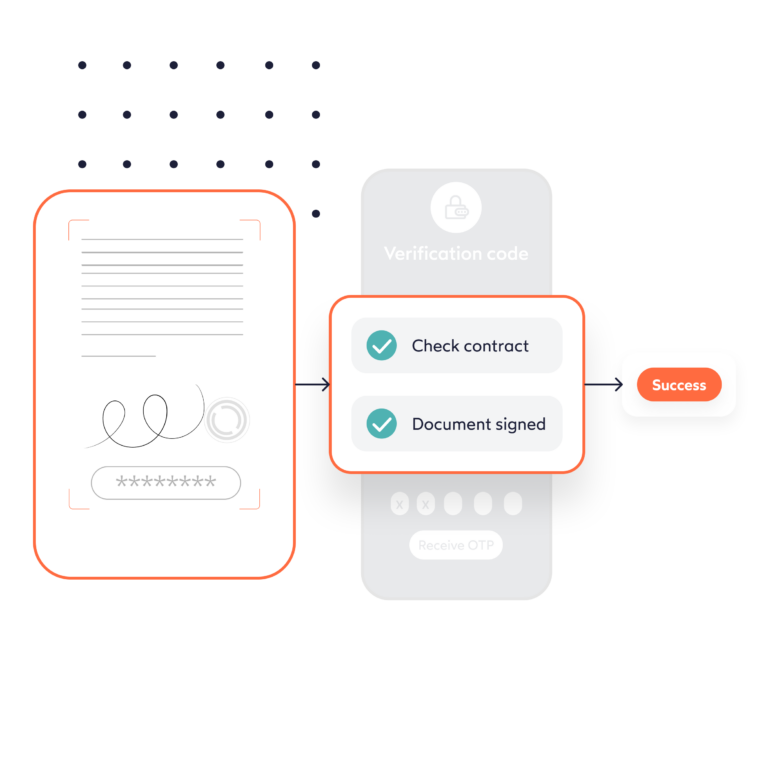What is stack balancing in betting?
Stack balancing is one of the most common types of collusion in betting, which involves the large stack folding to the small stack to “balance” chips. The main idea is to increase the chances of colluding players finishing in money positions in a P2P game tournament.
Fraud, be it in any form, can lead to serious consequences for online betting platforms, including legal issues based on compliance violations, damaged reputation, and loss of business.
The impact of stack balancing
Collusion in online betting takes place daily. Although it may not make it to the main headlines, the consequences can prove detrimental to the online gambling community.
Ultimately, stack balancing and other forms of collusion in betting can result in various consequences for operators and the entire iGaming sector:
- Disrupts fair competition: Collusion in gambling is unethical because it distorts fair competition. Although it is clearly beneficial for the bad actors involved, it negatively affects the experience of the other players
- Financial implications for betting sites: This activity financially affects betting platforms because it can also involve more nefarious operations such as money laundering
- Damaging the integrity of online gambling: Collusion, specifically stack balancing, damages the integrity of the games impacted. It also displaces the trust of its participants. In this instance, if online poker players suspect that the tables they are playing on are not fair, they are likely not to play on that platform anymore
How stack balancing in betting works
As mentioned, stack balancing, or chip stacking in betting, refers to colluding participants, usually in a P2P game like poker, keeping their stack sizes consistent. In stack balancing, the bad actor adjusts their bet size based on their current stack of chips to increase their chances of winning. This particular colluding technique is popular in poker, where the participating players aim to maintain a balanced stack size via chip distribution throughout the game. The aim is to make sure all players have a good chance of finishing within the money.
Since stack balancing is a form of collusion, it entails two or more players logging into the same site together, entering the same room, and playing simultaneously. They also use a medium of contact while playing, such as a phone call or Skype, to share information about their cards and advise each other on their next possible moves. Once the game ends and they win, the players divide their profits amongst themselves.
Legal and ethical considerations of stack balancing
Although collusion, in this case, stack balancing, is not always illegal, the objectives achieved through it are often against the law, e.g., money laundering. In truth, the main issue is that the affected parties cannot easily prove the occurrence of any kind of collusion. For example, illogical plays can simply be passed off as having a lack of knowledge about the game.
According to the UK Gambling Commission’s proposed measures, operators must keep records of their investigations, thoroughly investigate user complaints related to cheating, use effective detection measures, and keep players from taking multiple seats at an online table, aside from other procedures.
Anyone caught colluding or engaging in stack balancing is normally removed from a gambling site, and their account is consequently banned. That said, if any group of colluding players is caught amid something more severe, they may face more serious consequences, for instance, heavy fines or imprisonment.
How to detect stack balancing as a betting operator
Compliance and fraud managers can detect and curb stack balancing by being wary of the following tell-tale signs of collusion:
- Unusual chat messages
- Participants avoid taking action against each other
- Participants join and exit a table together frequently
- Unusual betting patterns; usually not in the other players’ interest (in this case, stack balancing)
Operators can employ modern software to analyze suspicious betting patterns, gameplay history, and player hands. These include KYC checks during onboarding and AML-compliant deposit and withdrawal checks around transactions and other potentially suspicious player activities.
FAQs about stack balancing
Below are the answers to some of the most frequently asked questions we at IDnow receive regarding stack balancing.
Are there any industry best practices or guidelines for monitoring and regulating stack balancing in different gambling environments?
Monitoring and regulating stack balancing or other forms of collusion involves KYC checks and deposit and withdrawal checks, among other efficient processes.
How can technology and data analytics be utilized to identify suspicious stack balancing activities and patterns?
Modern data analytics tools can monitor player behavior and effectively detect unusual gambling patterns or trends. Through game data analysis, operators can identify potential collusion, e.g., players consistently winning significant sums simultaneously.
What role does regulatory compliance play in ensuring fair play and preventing fraudulent stack balancing practices?
Regulatory compliance procedures, like KYC checks, can help operators protect their platforms from reputational or monetary damages. These also help protect customers and, ultimately, the economy.



